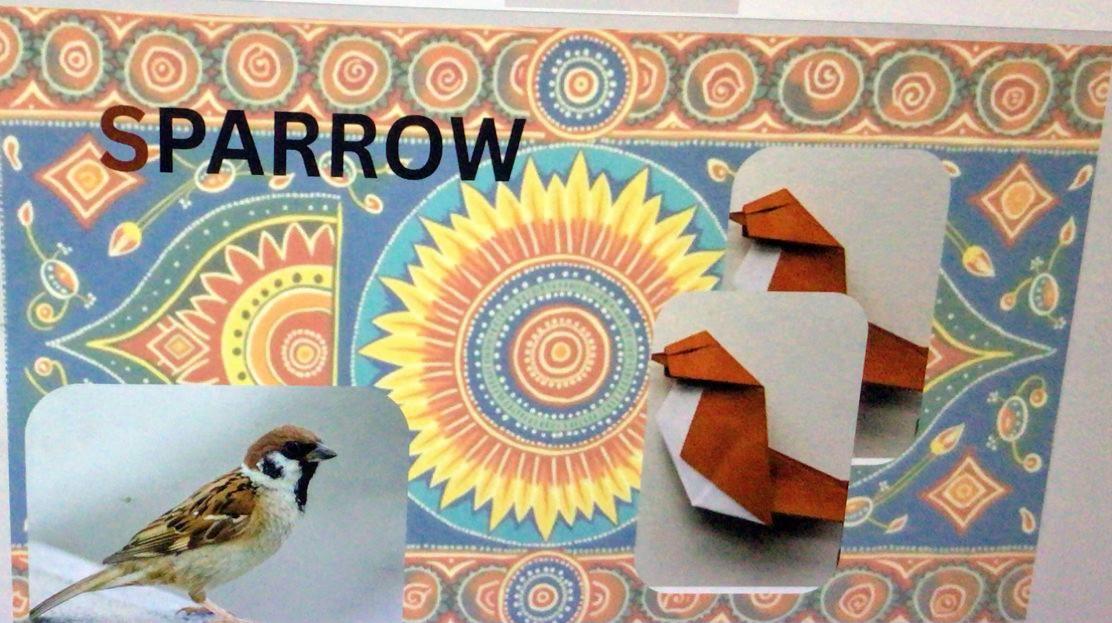Sparrows are declining due to a combination of factors including habitat loss from urbanization and modern building designs, a reduced food supply caused by pesticides and changes in agricultural practices, and environmental stressors like pollution and radiation from mobile towers. Urbanization eliminates nesting sites, while pesticides kill insects crucial for the sparrows' diet, especially for their young. Modern architecture lacks the nooks and crannies that old buildings provided for nests, and pollution and noise further stress the birds.
Habitat loss and architectural changes
Urbanization: The expansion of cities replaces natural habitats with concrete, leaving fewer places for sparrows to nest and breed.
Modern architecture: Modern buildings have smooth surfaces and lack the crevices and cavities that sparrows historically used for nesting.
Lack of nesting sites: The disappearance of old, traditional buildings with thatched roofs and eaves has removed many potential nesting spots.
Food scarcity
Pesticide use: The widespread use of pesticides in agriculture and gardens kills the insects that are a primary food source, especially for feeding chicks.
Changes in agriculture: Modern, large-scale farming practices have reduced the amount of spilled grain that sparrows used to feed on.
Improved sanitation: Tighter urban sanitation practices have also made it harder for sparrows to find food scraps.
Environmental stressors
Pollution: Air and noise pollution from vehicles and industry damage sparrows' health and interfere with their ability to communicate and navigate.
Mobile towers: The radiation from mobile towers is a significant factor, potentially disrupting the nervous systems of sparrows, particularly young ones.
Climate change: Altering climate patterns can affect breeding cycles and the availability of food, making survival more
difficult.
To help save sparrows, you can provide them with a safe environment by planting trees and shrubs, installing nest boxes, and offering a clean water source. Avoid using chemical pesticides and reduce plastic waste, as these can harm or be mistaken for food by sparrows. You can also help by creating awareness and spreading information within your community.
Create a sparrow-friendly habitat
Provide nesting sites: Install clay bird pots, wooden nest boxes, or even cardboard boxes with a hole in a sheltered area. Ensure the location is not too open and is safe from predators.
Offer shelter: Plant native trees, bushes, and hedges to provide natural shelter and nesting material like dry grass and twigs.
Keep water sources clean: Place shallow bowls of clean water, especially during hot weather, to help sparrows stay hydrated.
Reduce environmental threats
Avoid pesticides: Refrain from using chemical pesticides in your garden, as they can kill the insects that sparrows feed on.
Minimize plastic: Reduce the amount of plastic you use and ensure all plastic waste is disposed of properly, as sparrows can mistake small pieces for food.
Support and spread the word
Provide food and water: Place bird feeders or a small bowl with grains and clean water in your yard.
Educate others: Talk to friends, family, and community members about the importance of sparrows and their role in the ecosystem.
Participate in initiatives: Get involved in local "Save the Sparrow" drives or workshops to learn and teach others how to help.

